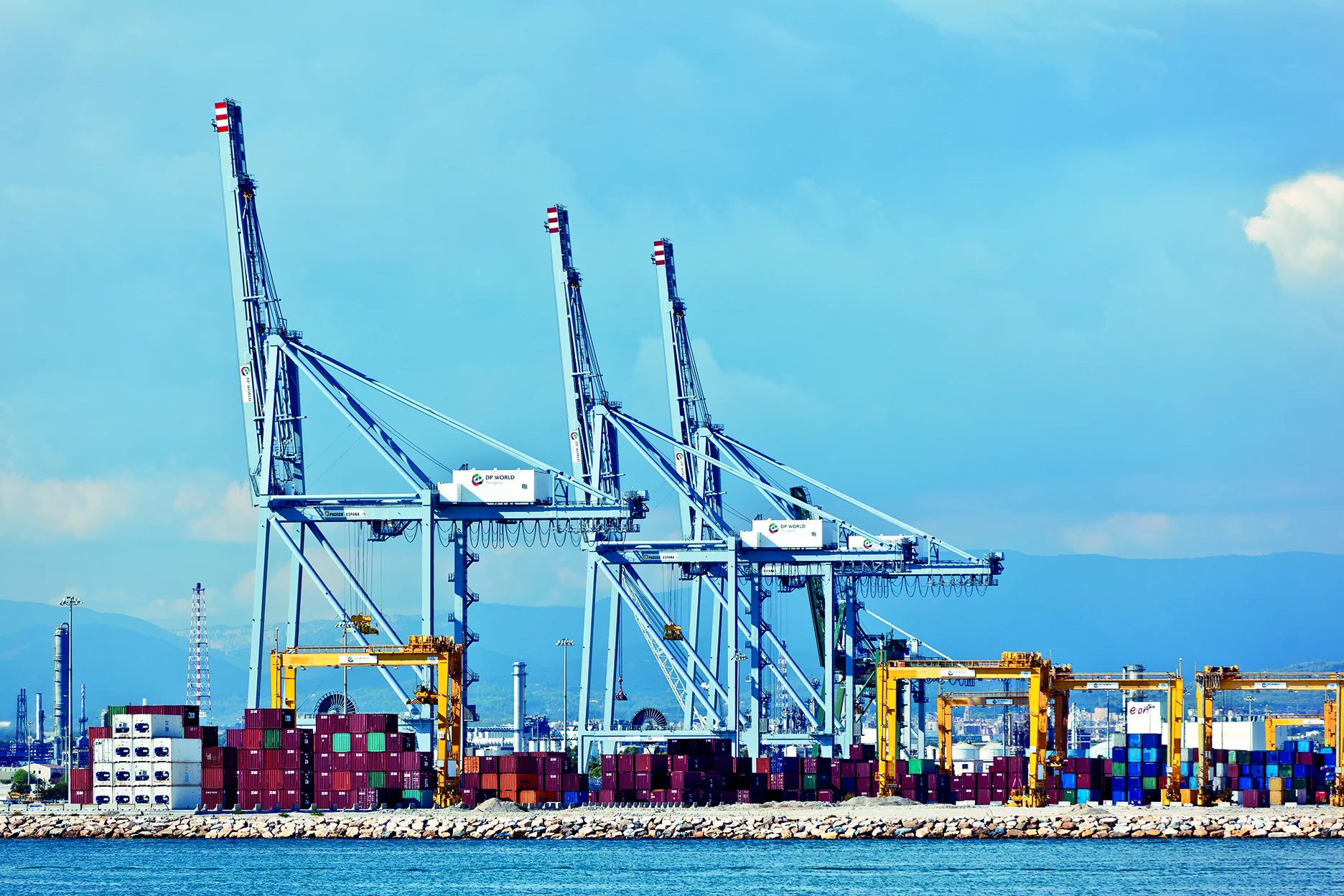Hyliion Inc., a leader in electrified powertrain solutions for Class 8 commercial vehicles, announced today the launch of its Hypertruck Electric Range Extender (ERX), a long-haul, fully electric powertrain delivering superior performance, emissions reductions and cost-savings to the global trucking industry. The launch of the Hypertruck ERX is anchored by Agility, one of the world’s leading logistics companies with $5.2 billion in revenue and offices in 100 countries. Agility has confirmed a pre-order of up to 1,000 trucks and has agreed to invest in a private offering of securities to be issued by Tortoise Acquisition Corp. in connection with Hyliion’s recently announced business combination.
“Hyliion is leading the way in electrified trucking. Our practical solution addresses the most important needs of today’s fleets: cost savings, lower emissions and a fueling infrastructure that can support long-haul transportation,” said Hyliion’s CEO and founder, Thomas Healy. “We’re already seeing robust interest in the Hypertruck ERX from fleets like Agility who are looking for electric solutions that can be seamlessly integrated.”
Combined with a fully electric drivetrain and a natural gas-powered onboard generator to recharge the battery, the Hypertruck ERX will provide more than 1,000 miles of range. The powertrain also produces electricity locally at roughly 30 percent less than the average grid cost, which yields a seven-year cost-of-ownership unmatched by any diesel, battery-electric (BEV) or hydrogen fuel-cell (FCEV) Class 8 truck under development.
“The Hyliion technology is so game-changing that all companies, especially those with consumer-facing brands, will be forced to adapt,” said Tarek Sultan, vice chairman and CEO of Agility. “It’s a triple win: Protect the environment, keep customers happy and benefit shareholders by improving the bottom line. We look forward to bringing significant cost savings and greater efficiency to our customers.”
With more than 700 public stations across the U.S., the Hypertruck ERX leverages a robust natural gas refueling infrastructure. The truck is the only electric Class 8 vehicle that can achieve a net-negative greenhouse gas emissions footprint using renewable natural gas (RNG). It will achieve 25 miles of pure electric vehicle range in compliance with cities adopting “Zero Emission Zones.” The vehicle’s low carbon footprint is further enhanced by the system’s machine learning algorithm, which optimizes energy efficiency, emissions, performance and predictive maintenance schedules.
Continuing Hyliion’s long-standing partner relationship with Dana Incorporated, the Hypertruck ERX will feature Dana’s electric motor, inverter and axle technologies, and Dana plans to provide its state-of-the-art manufacturing capabilities to support Hyliion in achieving full volume production of its powertrain systems. Initial Hypertruck ERX fleet demonstration vehicles have already been allocated to customers for delivery in 2021, with volume shipments scheduled in 2022





